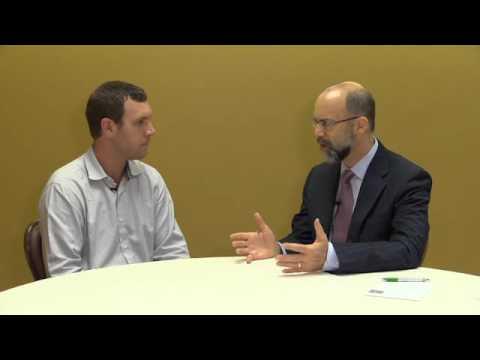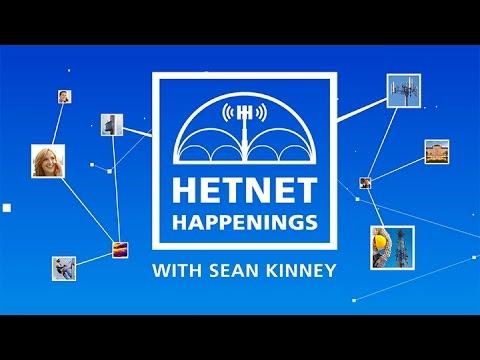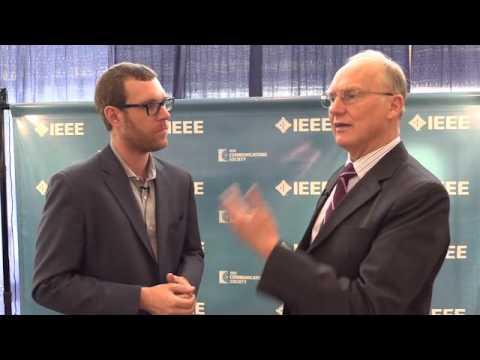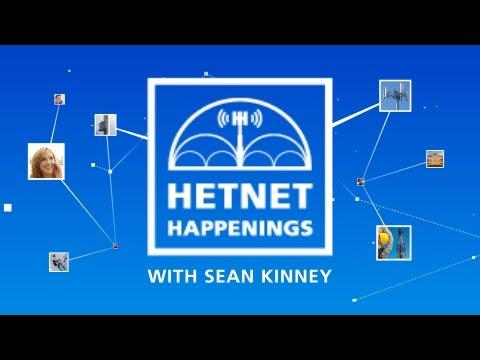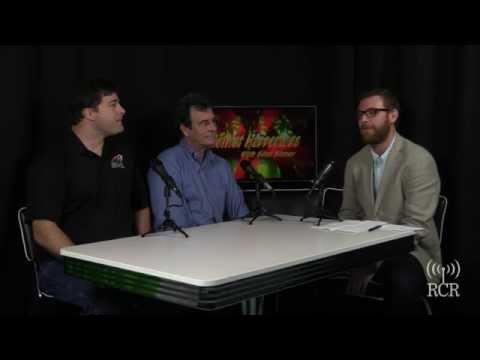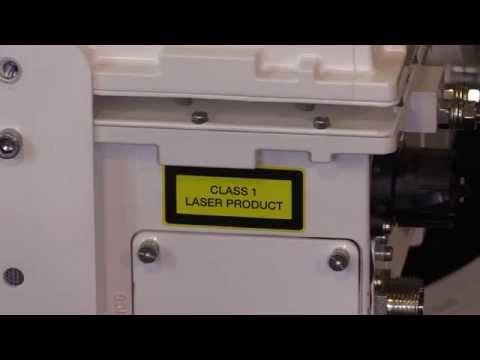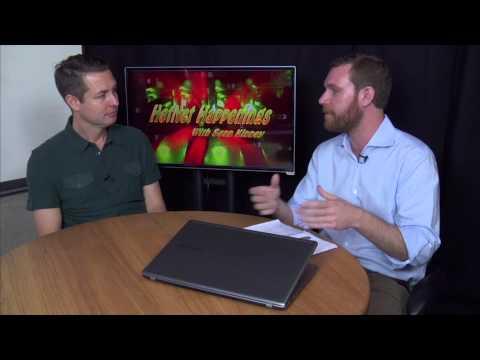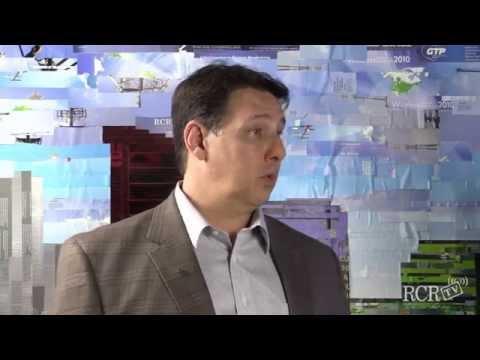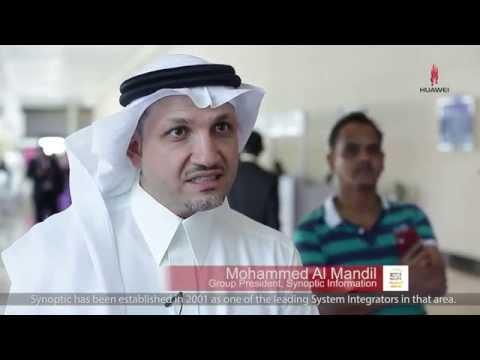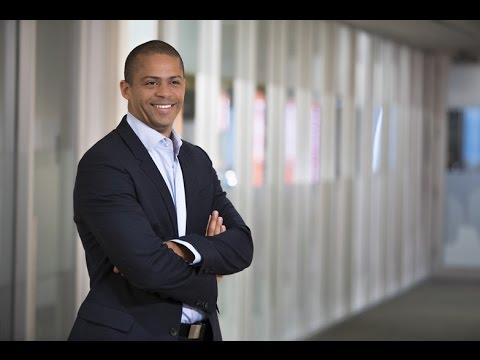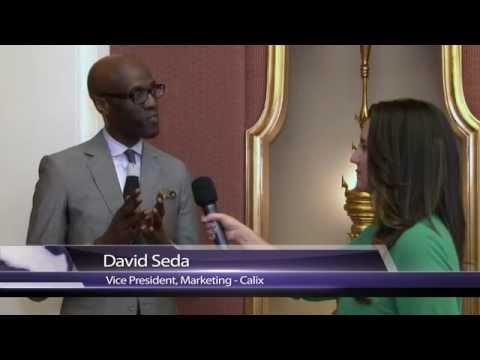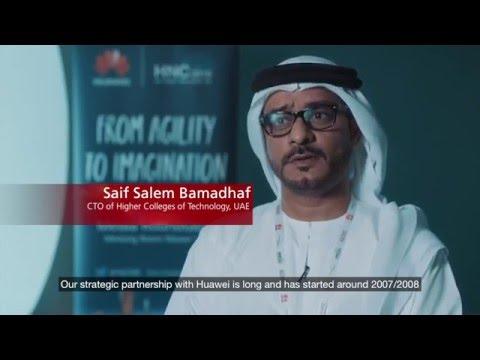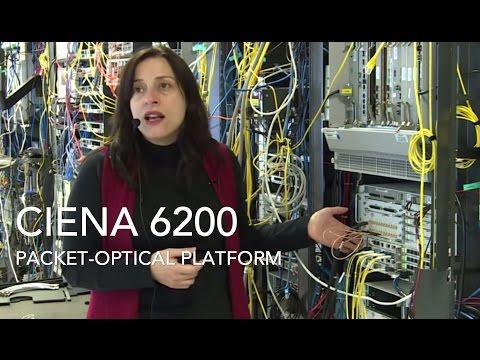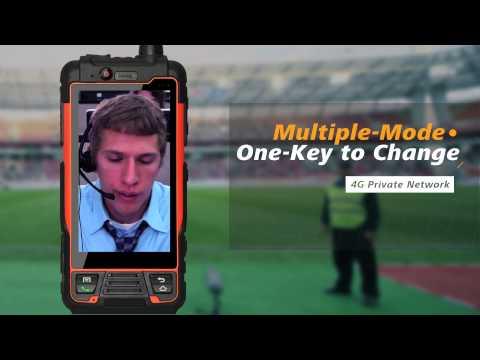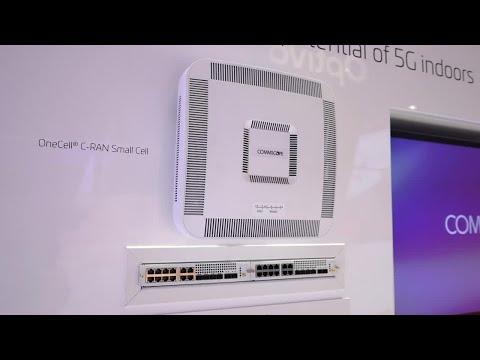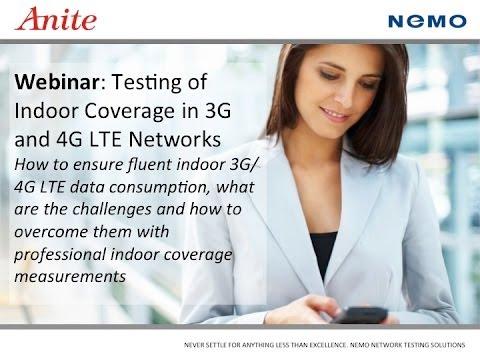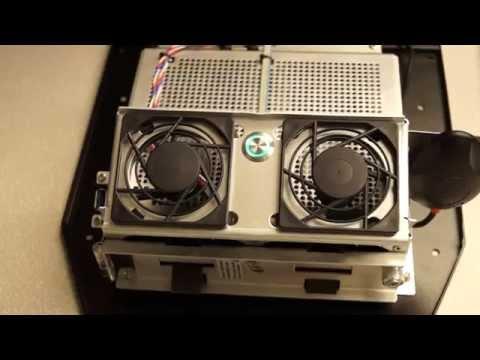CTIA 2015 In Review - HetNet Happenings Episode 30
Description
This week on HetNet Happenings, RCR Wireless News Managing Editor Sean Kinney takes a look at some of the dominant themes of the annual CTIA Super Mobility show held last week in Las Vegas.
Previously, the first 5G trials were set for 2018 in conjunction with the Peyoncheng, South Korea, Olympics. Now, Verizon Wireless announced it will begin field trials as early as 2016 in facilities in Waltham, Mass., and San Francisco.
A major component of 5G, which is still not standardized or defined, will likely be ultra-dense network configurations, particularly in metro areas heavy with users; Verizon Wireless and other carriers have eyed small cells as the route to creating these ultra-dense networks.
In the run-up to the Super Bowl, Verizon Wireless and ExteNet Systems are working to deploy some 400 small cells in the downtown area to not only provide capacity needed for Super Bowl fans, but also to improve the wireless experience in the popular tourist destination.
Brian Mecum, Verizon Wireless’ VP of network for the West Area, said, “We’re working pretty hard in San Francisco right now, part of our densification efforts for the Super Bowl. Densification is important because people like to use their smartphones. We talk about people who are cord cutters; there’s an awful lot of cord severs in downtown San Francisco.”
During a panel discussion at CTIA Super Mobility, representatives from three of the nation’s largest mobile operators indicated that while 5G is indeed the future, current 4G networks will continue to play a significant role in network architectures and provide the basis for the jump to 5G.
“We expect LTE to last through 2020,” said Tom Keathley, SVP wireless network architecture and design at AT&T. “It’s a great air interface for 6 gigahertz and below and will be foundational to 5G.”
Roger Gurani, EVP at Verizon Wireless, concurred, noting the carrier has invested a lot in LTE.
“It’s a great technology for the current spectrum we use,” Gurani explained, adding that all of its current LTE plans include thoughts on how those decisions can be used to support the move to 5G.
“We are actively deploying enhancements that are providing service improvements,” Gurani said. “In our way of thinking, we have to make sure our roadmaps connect with our move to 5G.”
Mark McDiramid, VP of radio network engineering and development at T-Mobile US, added that reusing what is already being deployed will also allow mobile operators to simplify their network architectures as much as possible, which should lead to greater efficiency and cost reductions.
As for those looking to acquire the newly freed up spectrum resources, Federal Communications Commission Chairman Tom Wheeler said he expects parties to come from both traditional telecom operators as well as new entrants during a CTIA keynote regarding the 600 MHz incentive auction. Spectrum auctions have at times seen nontraditional entities pick up licenses, though commercial networks remain the domain of established telecom operators.
Whoever picks up the spectrum assets, Wheeler said the licenses would provide a robust platform for the mobile industry as it moves toward 5G technology. He said the FCC is looking to push rulemaking ahead of the upcoming World Radiocommunication Conference 2015 event scheduled for November in Geneva. That event is expected to begin laying the groundwork for specifications and standards set to shape 5G technology.
“We are going to maintain our leadership in 5G,” Wheeler stated. “I think 600 MHz is a great home for 5G, and there is nothing in our rules to stop that from happening.”



